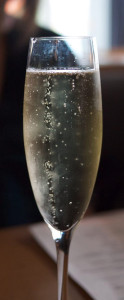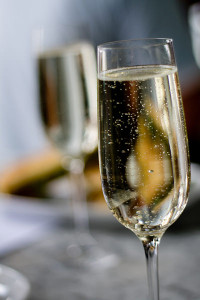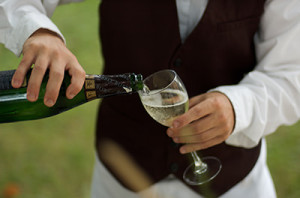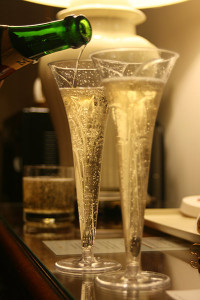The boom of Italian bubbles
According to the Italian National Statistics center, in 2014 the sales worldwide of Italian Spumante sales  surpassed Champagne, thanks to an increase of 20% in the total export, with a volume of 320 millions bottles. On the other side, Champagne export stagnate to “only” 307 millions of bottle, with a volume increase of 0.7%. Another interesting fact is that in the same year, France imported 9,8 millions of bottles of Spumante, while only 5,8 millions of bottles of Champagne traveled to Italy.
surpassed Champagne, thanks to an increase of 20% in the total export, with a volume of 320 millions bottles. On the other side, Champagne export stagnate to “only” 307 millions of bottle, with a volume increase of 0.7%. Another interesting fact is that in the same year, France imported 9,8 millions of bottles of Spumante, while only 5,8 millions of bottles of Champagne traveled to Italy.
This result was confirmed by the last Nielsen report on the American market, where the Italian bubbles surpassed the French ones also in total value: 246$ millions against 231$ millions in 2014.
 This success is due mainly to the worldwide appreciation of Prosecco – while Spumante refers in general to Italian sparkling wine, Prosecco is specifically produced with Glera grapes and in Veneto and Friuli regions – which sales in the USA increased by 30%, which more than a millions cases with a total value of over 150$ millions.
This success is due mainly to the worldwide appreciation of Prosecco – while Spumante refers in general to Italian sparkling wine, Prosecco is specifically produced with Glera grapes and in Veneto and Friuli regions – which sales in the USA increased by 30%, which more than a millions cases with a total value of over 150$ millions.
The Prosecco represents 61% of the Italian Spumante sold in the USA, a 26% of the total imported Italian wines and 13% of the sales in supermarkets and liquor stores.
Even better the performance in the United Kingdom, the first market for Prosecco, where sales in 2014 increased by an unbelievable 75% for an estimated total value of about 1£ billion!
 In the ranking of favorite Italian bubbles around the world, after Prosecco, there are the Asti and Franciacorta. Moreover, it’s important to highlight the results in the new markets, particularly in China, where Italian sparkling wines almost doubled the export with an increase of 90% compared to 2013.
In the ranking of favorite Italian bubbles around the world, after Prosecco, there are the Asti and Franciacorta. Moreover, it’s important to highlight the results in the new markets, particularly in China, where Italian sparkling wines almost doubled the export with an increase of 90% compared to 2013.
According to Domenico Zonin, president of the Italian Wine Union “Prosecco is dominating the scene because it’s the right product in the right moment. It’s repeating the boom of Pinot Grigio happened some years ago. Today people want bubbles that are not too complex, with a good value for money and that you can drink during the whole meal.”
Zonin, which family winery is the biggest Prosecco producer with 20 millions of bottles, believes that this success need to be managed: “It’s a “young” DOC – a quality assurance label for Italian food products – and it needs to gain experience. Regarding the prices, we need to maintain them in a specific range, not too low or too high. And it’s extremely important to check the quality, to assure that the consumers sip the real product”.
Which is your favorite? Champagne or Prosecco? Tell us what you think!



 0
0